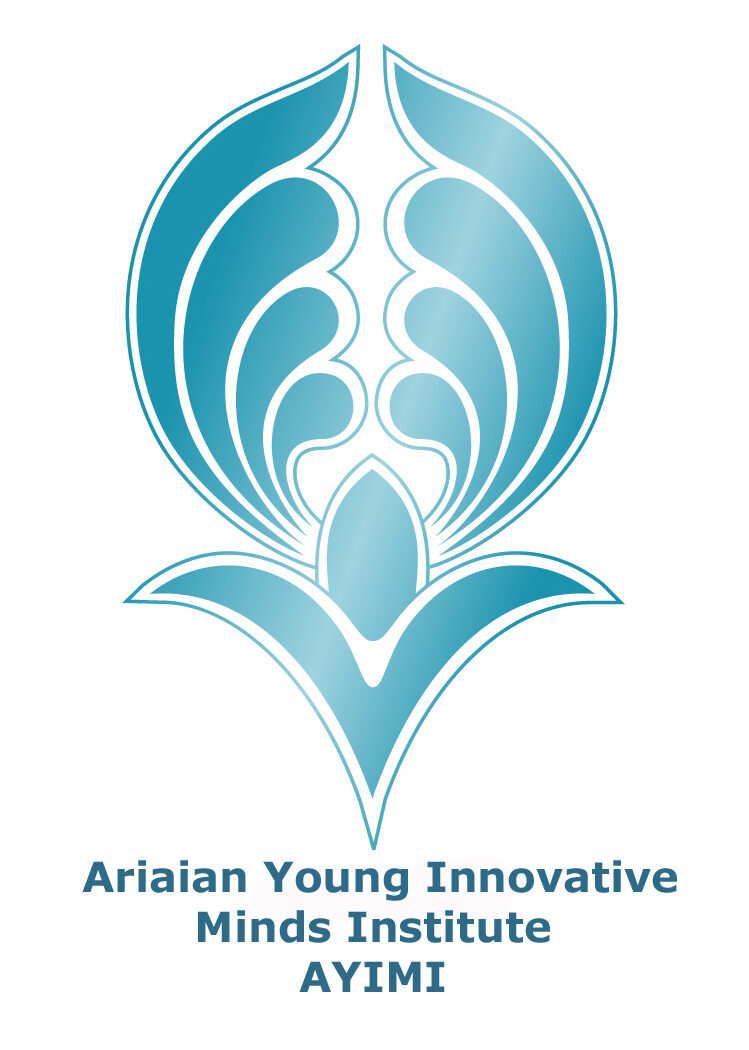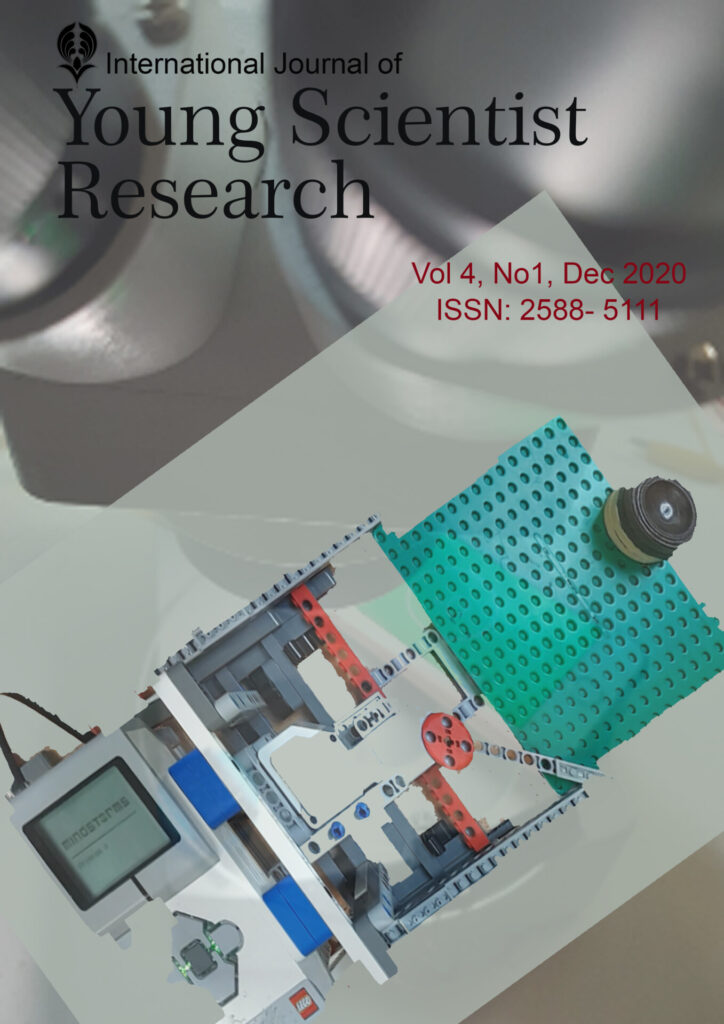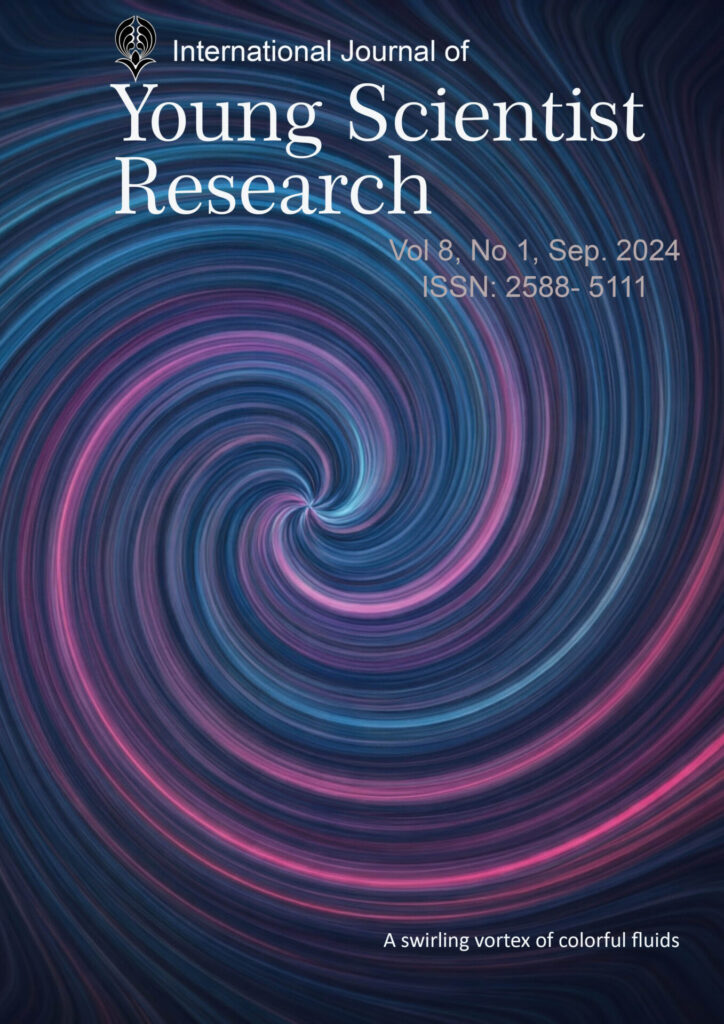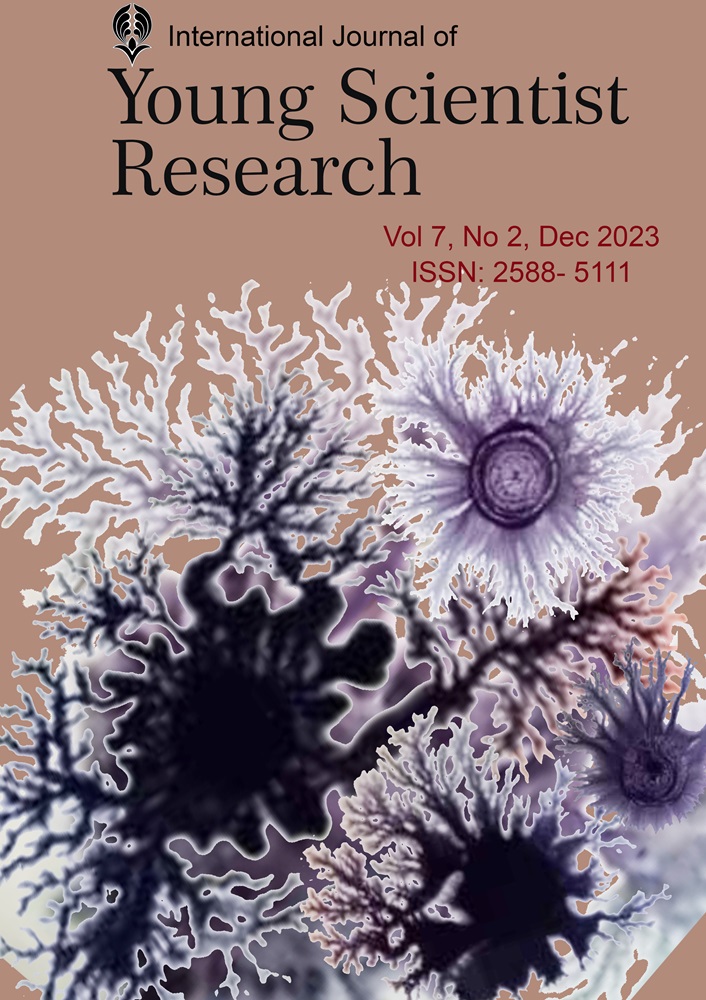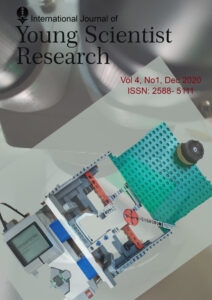Different Volumes
center achievements
We are bringing you exciting opportunity to share your research in different events . Don’t miss the chance to shine globally !
Featured Articles
Journal No1 2025
Journal 1 2020
Newton's cradle is constructed from a series of pendulums (usually five in number) abutting one another. Each pendulum is attached to a frame by two strings of equal length angled away from each other. If these strings were not same in length, the balls would then be unbalanced.
Journal Sep 2024 No 1
One of the unusual properties of water is its freezing from the surface. According to the laws of thermodynamics, when water molecules freeze, their density becomes lower than that of liquid molecules, so they move upwards and accumulate at the surface of the liquid. In this phenomenon, when a drop of water hits a metal plate, it starts to freeze from the surface where it hits the metal. This is because at the moment the drop hits the metal surface, due to the very high temperature difference between the metal and the drop, the molecules are deprived of the opportunity to move and the drop freezes from the surface where it hits the metal.
Journal Feb 2023
South Africa has a backlog of affordable housing for its growing population. An in-depth review of all the alternative building materials currently available on the market and available skilled labour needs to be undertaken. Due to the lack of skills to build with alternative materials such as wood or panel boards, a high demand remains for houses built with conventional bricks and mortar. Such buildings are perceived to be reliable and strong, but costly and take more time to construct. Building with bricks and mortar requires a strong, skilled labourer as it is strenuous work laying on average 500 - 600 bricks per day.
Journal Dec 2023
People, including scientists, have long regarded lunar plant cultivation as mere science fiction and far-reaching into the future. However, as issues such as climate change, global warming, and food insecurity worsen every year, lunar plant cultivation has become a reality and a potential solution considered by many to mitigate these issues. Lunar plant cultivation, the growth and production of crops on the Moon’s surface, is a nascent topic that many scientists have begun to research on.
Journal Dec 2022
The word nano means “dwarf” in Greek and denotes one billionth of a unit. Therefore, a nanometer corresponds to one billionth of a meter. Nanostructures are systems consisting of 10-100 atoms, and nanoparticles are nanostructures that are generally between 1-100 nanometers in length [20]. It can be said that there are many subgroups of nanostructures such as nanotubes, nanocrystals, nanowires, nanorods, nanoparticles, and nanofilms. It is seen that nanoparticle production is of great importance for new developments in the field of nanotechnology, owing to its wide application area and superior properties [5, 15].
Submit Your Research Papers
Please read the guideline before submission!
When article is submitted to our journal, it undergoes the process of review…
Your email address
Welcome to the Young Scientist Research Journal
Empowering Innovation in Science, Art, and Technology
Electronic version of this journal can be downloaded free of charge;
This Journal is for young researchers in high schools and universities mostly participants in competitions and conferences.
Title proper: Young Scientist Research
Subject: NATURAL SCIENCES, ART, ENGINEERING AND TECHNOLOGY
Corporate contributor: Ariaian Young Innovative Minds Institute, AYIMI
Publisher: Tehran: Ariaian Young Innovative Minds Institute
Dates of publication: 2017- Present
Frequency: Annual
Type of resource:Periodical
Language: English
Country: Iran
Medium: Online
Indexed by: ROAD (The Directory of Open Access Resources)
ISSN- 2588-5111
ISSN International Centre
45 rue de Turbigo 75003
Paris France
Our Editors
Dr. Carmen del Pilar Suarez Rodriguez
pilar.suarez@uaslp.mx
Faculty Member, Physics Education,UASLP, Universidad Autónoma
de San Luis Potosí, Mexico
Dorna Izadipanah
info@ayimi.org
Microbiologist
AYIMI Scientific Committee & Board Member
Nona Izadipanah
info@ayimi.org
Geophysicist
AYIMI Scientific Committee & Board Member
Professor Cesar Eduardo Mora Ley
ceml36@gmail.com
Physics Education, National Polytechnic Institute, IPN, and
CICATA Principal , Mexico
Professor Masoud Torabi Azad
torabi_us@yahoo.com
Physical Oceanography, Islamic Azad University & AYIMI Board Member
Dr. Dina Izadi
info@ayimi.org
Physics Education, National Polytechnic Institute, IPN, Mexico
Researcher & President of AYIMI / ADIB International Research and Artistic Institutes
